Growing food from kitchen scraps
Next time you toss the stalk of a lettuce or cabbage in the bin, throw out carrot tops or an old potato – stop! You can use these common kitchen scraps to regrow healthy vegetables in your own home.
It’s easy and costs nothing. You don’t need a big garden – just a few containers, some soil, and a sunny windowsill – and you can enjoy fresh, just-picked produce for free. When it comes to containers, you don’t need traditional plant pots either. Even an old egg box and leftover eggshells can work!
Growing food from scraps makes sense for so many reasons. You’ll:
- save money – instead of spending it on store bought produce.
- reduce waste – less in the trash, and the landfill it ends up in.
- promote sustainability – reusing waste makes for a healthier planet.
- be more self-sufficient – being able to produce your own food is incredibly rewarding.
9 easy foods to grow from scraps
1. Leeks and spring onions
Save the root end with about an inch of stem and plant them. When the leeks/onions are ready to harvest, simply cut off the stem, leaving the bulb in the ground. It will keep producing new stalks. You never have to buy leeks or spring onions again!
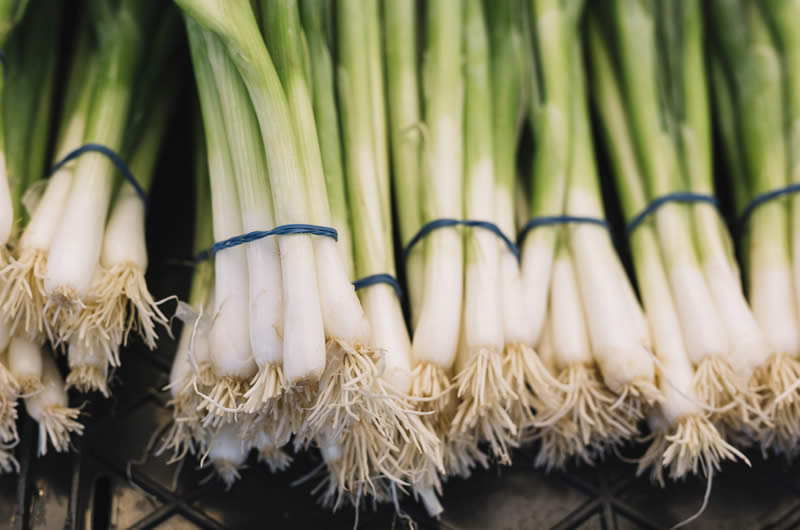
2. Potatoes
Instead of discarding sprouted potatoes, cut them into chunks (each piece should have at least one sprout). Plant them in a pot or garden bed with the sprout facing up, cover with soil, and water regularly. In a few weeks, you’ll have new potato plants growing!
3. Lettuce and cabbage
Instead of throwing away the base of your lettuce or cabbage head, place it in a shallow bowl of water in strong sunlight. Before long, new leaves will start growing from the centre. Once the plant is strong enough, transplant it in a pot or garden bed. You can do the same with celery.
If you live alone, another good trick is not to harvest the entire plant when it’s ready. Rather just pick as many leaves as you need from the outside in, leaving the plant to continue growing.
4. Garlic
Simply plant one or two cloves under a couple of centimetres of earth, water frequently and watch your new garlic plant sprout. The bulbs are ready to harvest when the plant turns yellow. Repeat the process and you’ll never have to buy garlic from the store again!
5. Ginger
You can do the same with a leftover piece of ginger root. Simply bury it under a couple of centimetres of earth and water frequently. Once the sprouts are established, you can begin harvesting your ginger. Just dig down until the root is exposed, cut off a piece and replace the soil over the root.
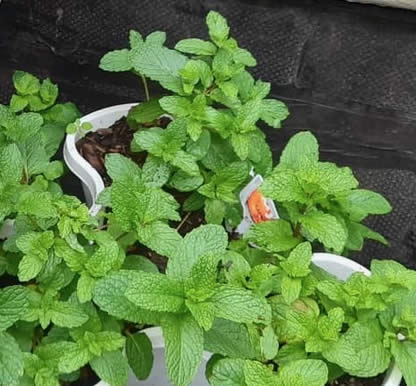
6. Herbs (mint, coriander, basil, rosemary)
Instead of buying new herb plants, regrow them from cuttings. Place the stems in water until they develop roots, then plant them in a pot or garden bed. Once plants are fully grown, simply snip off as many leaves/stems as you need and your herb garden will keep growing and producing.
7. Tomatoes & peppers
Save some seeds from fresh tomatoes and peppers. Dry them before planting them in soil. With proper care, you’ll have a healthy supply of homegrown vegetables.
Seeds from normal green peppers will produce green, yellow or red peppers depending on how long you leave them to ripen on the plant. However, if you used seeds from the Permagreen variety, your peppers won’t change colour, regardless of how long you leave them. If you prefer the different colours, rather plant seeds from a yellow or red pepper.
8. Carrot Tops
While you can’t regrow a whole new carrot, if you place the leafy top in water, you can grow more leaves, which make a healthy addition to soups. Carrot greens can also be used as garnish, adding a burst of nutrition to your meals.
9. Strawberries
If you love strawberries, why not try growing your own strawberry plants from the seeds embedded in the fruit? Unfortunately, it’s not as simple as planting a piece of strawberry or the top leafy part. You need to harvest the seeds by mashing the ripe fruit and straining the pulp through a sieve. Rinse the seeds in water, lay them out on a piece of paper towel and allow to dry out for one or two weeks.
Plant your seeds in pots or garden beds during autumn (March/April) for best results.
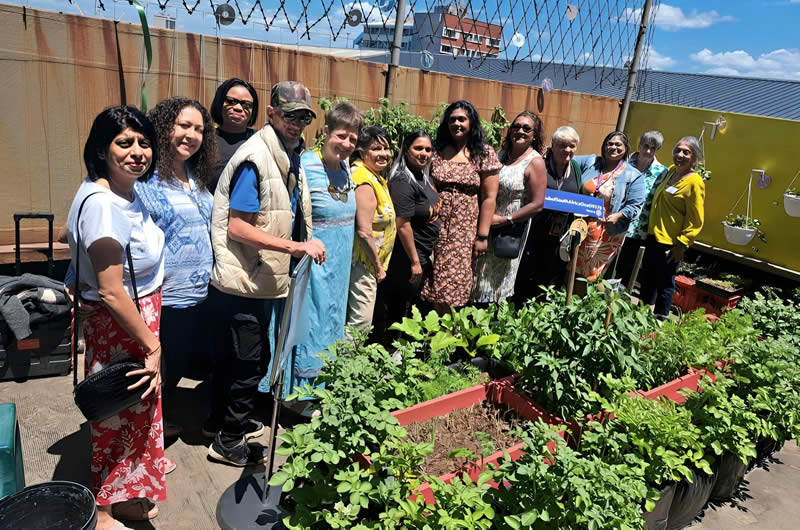
Our Joy Sprouts rooftop garden at the John Conradie House/Langeler Towers complex.
Sustainable gardening at Tafta
Never let it be said that we don’t practice what we preach! The Joy Sprouts Garden at John Conradie House/Langeler Towers is an inspiring example of sustainable gardening. Run by six volunteer residents, this project proves that anyone can grow their own food – even with limited space and resources.
The garden on the roof of the building produces a variety of fresh vegetables, including spinach, cauliflower, potatoes, tomatoes, green peppers, and three types of chili. These are sold to residents of the building on our popular market days.
All proceeds are reinvested in the garden to ensure its sustainability. Special thanks to Rotary ESA, which has been a key partner in the initiative, providing soil, seedlings, and plant pots to keep the garden thriving.
One of the residents also maintains a compost heap using eggshells and teabags – proving that sustainable gardening is all about using what you have!
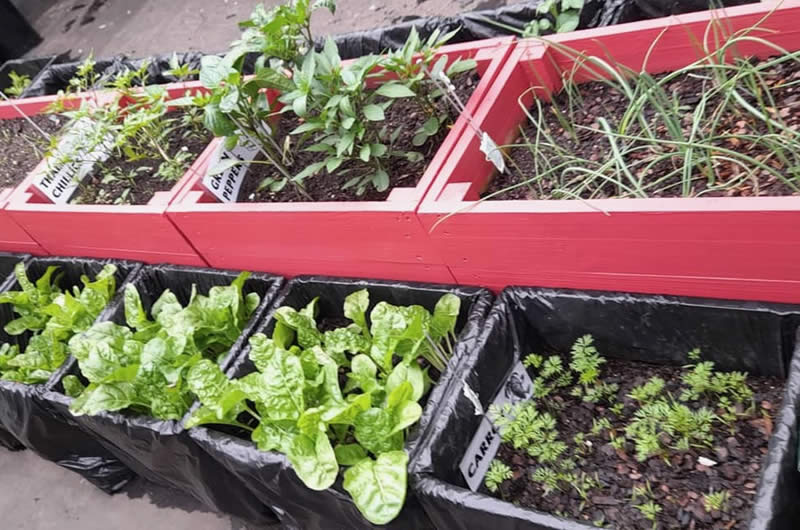
Our Joy Sprouts Garden shows how to make the most of small spaces.
Start Growing Today
Growing food from scraps is an easy and rewarding way to enjoy fresh produce. You don’t need a lot of experience – just the will to put in a little work, and the patience to nurture small sprouts to maturity. Plus, you’ll enjoy the proven health benefits of gardening.
Follow in the footsteps of TAFTA’s Joy Sprouts Garden and start your own small garden today. Let’s cultivate a greener, healthier, and more self-sufficient future!

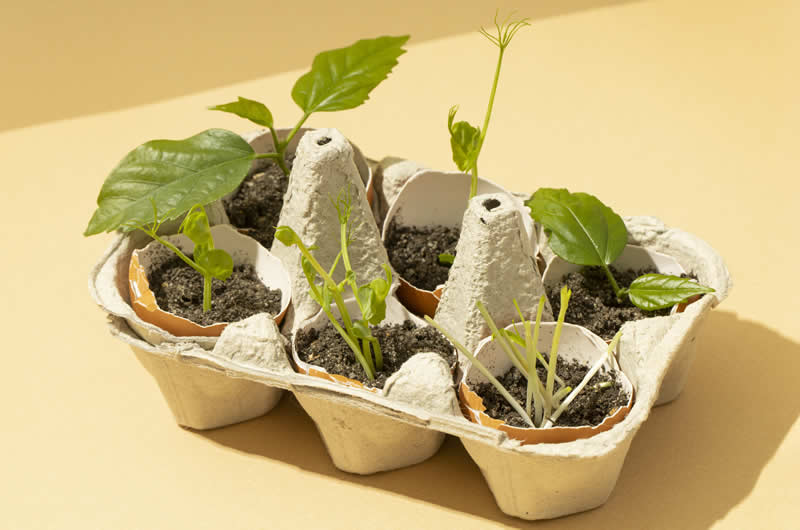




 Wisdom on ageing – the most exquisite chapter
Wisdom on ageing – the most exquisite chapter Thriving through 2025 – a toast to life
Thriving through 2025 – a toast to life ‘Human Forever’ inspires Durban audience
‘Human Forever’ inspires Durban audience Celebrating 100 years of life with Mrs Rosemary De Waal
Celebrating 100 years of life with Mrs Rosemary De Waal Open Days at Tafta – explore safe and supportive accommodation options.
Open Days at Tafta – explore safe and supportive accommodation options. 67 minutes for 67 years – you helped tick off 67 much-needed items
67 minutes for 67 years – you helped tick off 67 much-needed items Alzheimer’s Awareness Day – breaking down the stigma
Alzheimer’s Awareness Day – breaking down the stigma Always better to say, ‘thank you’ in person
Always better to say, ‘thank you’ in person “Back in Time” with our resident volunteers!
“Back in Time” with our resident volunteers! More than 200 older persons shine at Tafta sports day
More than 200 older persons shine at Tafta sports day